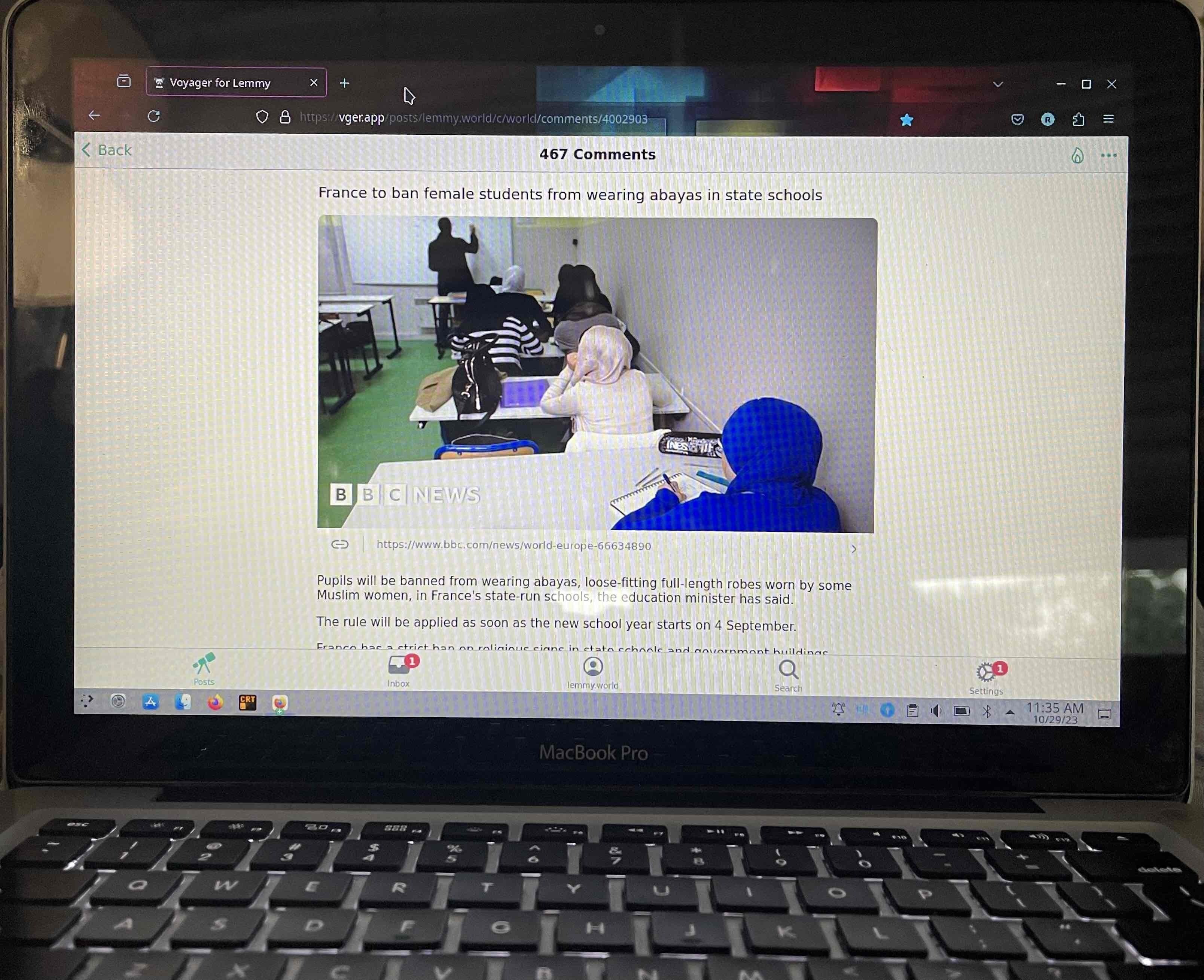

Yeah I’m with you. I have a senior license at a US nuclear plant just for some background as I don’t know yours. What I’m saying is that I can see value of multiple, say 300MW SMRs at a single site, that can go from 0-100% very quickly compared to current 900-1100MW reactors. So the idea would be you could have a plant in Mode 3 Hot Standby ready to raise power for peak loading. Ideally you’d have at least one reactor online at all times that provides its own in house loads and the standby in house loads that would be quite low. That is the value I see.
The issue at that point would be refueling and maintenance outages. It seems ideal that the design would need to support online refueling and enough loops/system availability to do the majority of plant maintenance online. In addition, the regulatory landscape has a lot of momentum to allowing plants to move to risk informed tech specs which allow for major equipment outages in modes of applicability. If the industry as a whole can agree on a handful of SMR designs with multiple capacity options, it really could be a stop gap to hopefully fingers crossed fusion power in, I don’t know, 50-100 years from now? My two cents.





The entirety of Coco